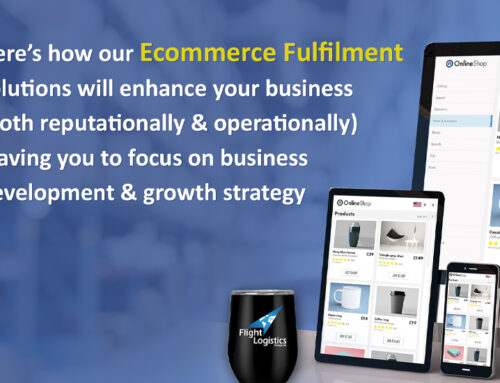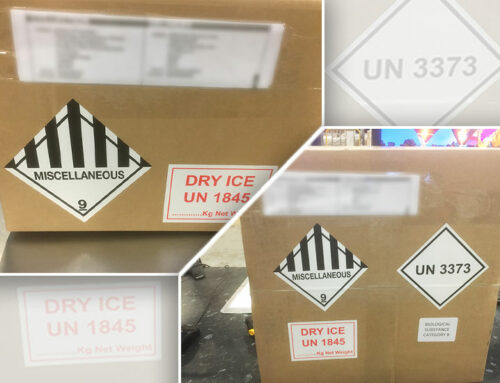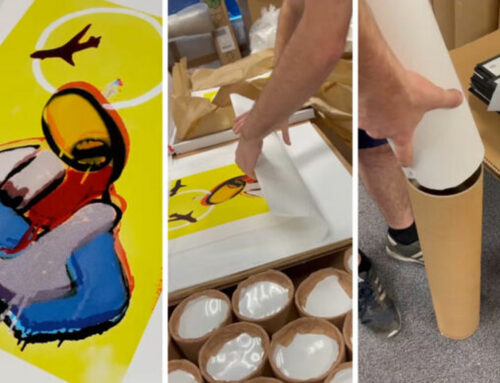Ever experienced delays caused by customs issues when shipping goods abroad? Here are 6 useful tips to facilitate a quicker outcome next time.
Customs clearance is the process whereby your shipment’s value is assessed for duty and tax and it is also checked to make sure it conforms to all local rules for accepting goods into the country you’re sending it.
Standing in the way of your shipment having a smooth ride are customs officials, and they have the power to ruin your day if you don’t prepare the goods appropriately, or provide the necessary information they need!
{
}
Packaging process for paintings, canvas, prints, & framed artwork
1. Painters tape
If glass is involved apply painters’ tape in an X manner across the face from corner to corner, (leaving a lip over the edge for easy peel). Put a single layer of bubble wrap over this
Protect glass with tape
Use if shipping a canvas, silkscreen, drawing etc, it protects from moisture and dust. Place a piece on the floor about 3 inches larger all round than the canvas. This is pH neutral and will therefore have no chemical interaction with other objects. You can get this from art and craft stores
Glassine is a smooth and glossy paper that is air, water and grease resistant
2. Acid-free archival tissue paper
Place a hard card on top. Fold back the edges of the paper and tape down so that it is fixed to the hard card with the picture/canvas sandwiched between the two
Cover with plastic sheeting, poly wrap, or heavy plastic bag to protect against water damage
3. Hard card
4. Plastic wrap
Cover with plastic sheeting, poly wrap, or heavy plastic bag to protect against water damage
5. Corner cardboard
Wrap the above at least twice in bubble wrap
6. Bubble wrap
Place a piece of foam board front and back of the picture/canvas. Make sure this is at least 5cm longer and wider than the picture/canvas. Tape around the boards to hold in place. You can get this from art and craft stores
7. Foam board
Put your picture/canvas face down on top of the paper
Fashion a cardboard box as exterior protection
8. Cardboard
Write fragile on box
9. Fragile
Apply label clearly writing the full address where it is going. If the box is blank, you can write the address straight on the box
10. Label
Packaging process for unframed work if it can be rolled up
Put on the face of your art and roll at it up together
1. Acid-free archival tissue paper
Put in plastic sheeting, poly wrap, or heavy plastic bag to protect against water damage
2. Plastic wrap
Put in a thick and sturdy cardboard tube, with caps at both ends. Tape the caps on securely
3. Tube
Write fragile on the tube
4. Fragile
Apply label clearly writing the full address where it is going. If the tube is blank, you can write the address straight on the tube
5. Label
look out for ART PACKING Pt.2, which will be a guide to professional packing…
How packaging effects shipping cost
All carriers will look at the actual weight and the “volumetric weight” and will charge shipping at the higher of the two. (Volumetric weight for a delivery within the UK, is calculated by multiplying together all 3 dimensions of the final packed item, then dividing it by 4000. International is in most situations divided by 5000). Volumetric weight is a calculation based on the space taken up by an object. If your crate weighs 3kg but volumes to 10kg your cost will be based on 10kg because of the amount of space being used in a vehicle. It’s worth bearing this in mind when you package your artwork.
Flight Logistics/ShipArt
HAVE YOU SEEN
THIS VAN?
Tweet us @flightlg
There’ll be more “Best Practice” infographics full of useful advise to make your day a little easier.
If you want to be advised when the next one comes out, click… here
1
FACILITATOR
Top of the tree, find a reliable and hands-on international logistics company that will treat you like a valued customer and is prepared to advise on shipping, packing, paperwork, and customs matters. Please make sure they have a dedicated customer service team!
Be sure to prepare all the necessary declarations specific for the country that your goods are destined for. If you’re not sure check with your shipping company, don’t wait until your shipment is held up in customs to find out you’re missing something vital or you’ve filled something out incorrectly.
Paperwork can include transport documents, commercial invoices, pro-forma invoices, documentary proof of origin, customs value declarations etc. Here’s a useful link – https://bit.ly/2pC02S3
PAPERWORK
2
3
EORI
Are you based in the EU and trading goods with countries outside the EU? If you’re not already EORI registered you may need to be in order to prevent customs delays and charges. Here’s a useful link for more information – https://bit.ly/2NXp2he
Always remember that the person in customs neither understands your business nor your particular sector terminology. They will have a set of criteria that your goods have to pass before it is released and if they can’t identify what your items are then they’re not going anywhere. It’s advisable to provide the following minimum information:
Full description of the contents
Commodity codes/ Harmonised numbers. This code allows Customs officials to quickly and accurately identify exactly what your goods are and how much they should be charging in terms of local duties and taxes. Here’s a useful link to find yours – www.gov.uk/trade-tariff)
What it’s made from
Its use and function
How it’s packaged
Are there any electronics or batteries included? If so tell them and the shipping company
ITEMS DESCRIPTION
4
5
PACKING
Customs officials will look at the packaging and assess if its rigid enough for the journey and if it’s got all the right markings on it from hazardous, to heat treated wood for certain countries. Get advice from your shipper.
Throughout all of this you need to have a shipping company that holds it all together and can keep you in the picture throughout the full journey of your, shipment and if it should get caught in customs for any reason, you need to be sure that someone is able to get you answers and to facilitate it through. Make sure that you are being supported.
COMMUNICATIONS
6
Here’s a quick guide to ensure both you and the recipients of your goods have a good experience.
Flight Logistics Group Ltd














